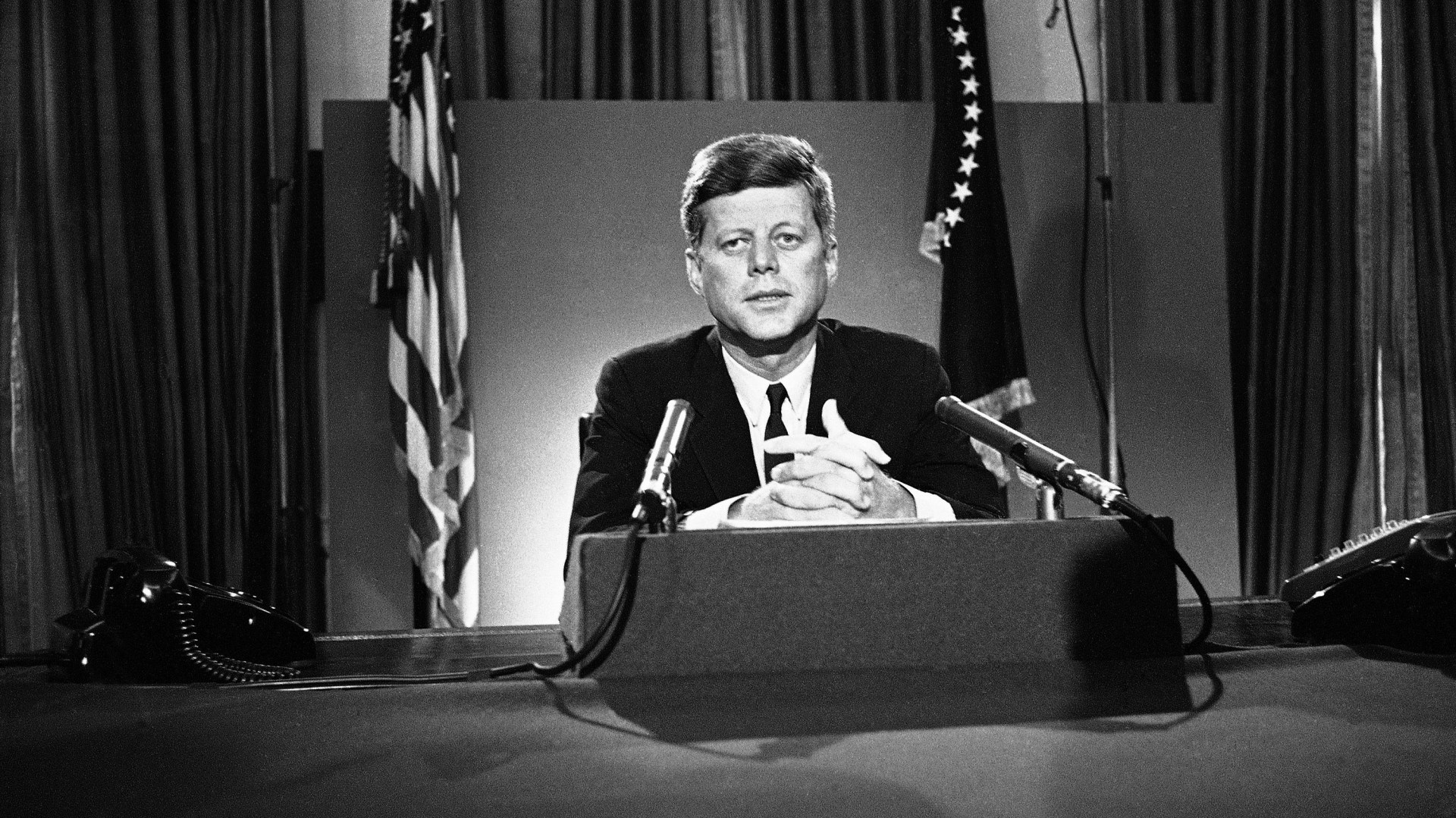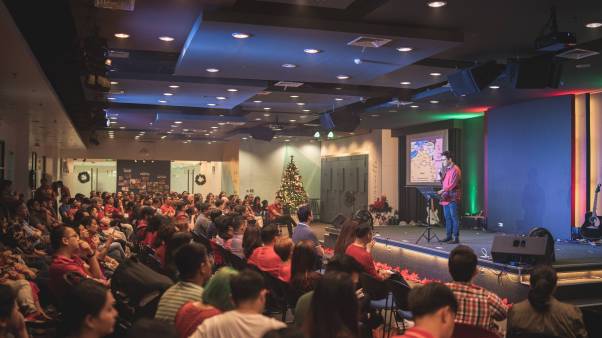As 20 jet-lagged, absentminded Christian college professors and I toured Hiroshima, Japan, this summer, our senses led us to August 6, 1945. We were there on the 68th anniversary of the first dropped atomic bomb, to tour the scars and remnants of a small sun exploded on a city.
We heard our own footsteps scuffling across the T-shaped bridge, the original aiming point for Enola Gay. I viewed the pocket-watch that died at 8:15am, lifted scorched roof tiles in my hands, and saw the lunchbox whose black meal would never get eaten. I saw the dress with burn marks in the shape of characters, as its black dye conducted atomic heat and branded its wearer. I encircled the grassy mound the size of my own backyard that held the bodies of 70,000 people. And I stood in the shadows of the famous Genbaku Dome—the only structure left standing in Hiroshima after the bomb—its hollow palace crowned with melted, twisted metal.
We met Seiko Ikeda, a woman who lived through the horror. She and other survivors are called hibakusha; their last names are now the number of kilometers they stood from detonation. Seiko, 1.6 km, told of the flash, the heat, the rubble, and the bodies. She told of victims who looked fine but were being killed inwardly by radiation. She told of fleeing Hiroshima with her friends. When she paused to look at them, she could not recognize their faces, bloated like pumpkins from the burns. She told us that her own face melted, too, to the point her desperate parents hid all the mirrors in their house. When she finally found a mirror and aligned the glass in her hands, she didn't recognize herself. The clear view of it changed her forever.
Today, as we remember John F. Kennedy's presidential legacy 50 years after his death, I think of Ikeda and everything we saw in Hiroshima. And I think of how JFK worked to ensure that Hiroshima would never happen again. After taking a stand against nuclear-weapons testing in his 1960 presidential campaign, JFK went on to secure the Limited Nuclear Test Ban Treaty in August 1963, considered by many to be his greatest foreign policy achievement, and hailed by Japan as "a great joy." JFK was seeking, as he said in his famous American University speech earlier that summer:
genuine peace—the kind of peace that makes life on earth worth living—and the kind that enables men and nations to grow and to hope and build a better life for their children—not merely peace for Americans but peace for all men and women—not merely peace in our time but peace in all time.
What does JFK's vision of peace have to do with the peace Christians seek?
A Second Survivor
For most of us, the bomb seems far across the ocean in both time and space. A few Christians notice nuclear headlines in the paper, but they assume the longstanding nuclear strategy of the United States will keep things in check. Some theological traditions teach that an atomic battle would merely announce the end of the age, trumpeting our long-awaited escape to heaven.
But I believe these views keep us from taking the actions that call to us. They keep the mirror of reality hidden away in a drawer. Humanity's face, meant to reflect the image of God, is badly scarred. It is our face, and we are accountable. Yes, we eagerly await the lasting peace of heaven, where the Prince of Peace reigns. But in our time, we are called to do all we can to reflect that peace on earth.
To contemplate the scale of nuclear devastation is staggering. The first atomic bomb instantly, in grotesque fashion, wiped out 70,000 people. Some survivors lasted longer, but purple spots, hair loss, bubbled skin, and various cancers finally took their toll. Now, with decades to perfect the weaponry, Hiroshima is but a tear-drop. A bomb today, on a modern city, could kill hundreds of thousands in an instant, make a large land-area uninhabitable for generations. It would bring economic, social, ecological, and spiritual upheaval across the globe. Given this, can we Christians act as if there is nothing wrong, that there is nothing for us to do?
There is a second survivor who needs to be remembered: Jesus Christ. He not only survived the cross of crucifixion, he also survived the death of all humanity placed upon him. Like Seiko, he had a day when he spoke to a small group of people huddled in a room. Like her, he had the scars to prove it, holding them out to be seen and touched and held.
When we read the story in John 20, we assume that Jesus showed his scars only to reveal his identity—he is risen! But Jesus held out his scars for another reason: to reveal the high cost of following him. He received his scars by faithfully entering a fallen world, by bravely facing its harsh, sinful realities, and by carrying upon himself God's redemption, no matter the cost. He speaks to us, holds out his hands, and asks us to do the same.
Why We Pursue Peace
As a university professor, I have a unique calling to educate the next generation. I must help students pursue truth and practice wisdom. At the right time, I must hold out that mirror and say, "This is who we are, and this is why we must give all of ourselves to change things." In the case of nuclear weapons, I must make the story of Hiroshima as real to them as possible. This is why I will post the real photos, the haunting artwork of survivors, and the theoretical map of damage as if our own city was bombed. I will give each student, for a week, the identity and nametag of a hibakusha. I will make 1,000 paper cranes and mail them to Japan. I will suggest a Peace Studies course. I will challenge each student to write a letter encouraging his or her mayor to join Mayors for Peace. And I will have the class release its own ceremonial floating lanterns on our university pond.
In Hiroshima, the group of professors and I listened closely to Seiko. I'm sure the scars were still there, both inside and out, but I failed to notice them. It was like gazing into a beautiful church window, and forgetting that it was made from broken glass. She recalled the torture of seeing her disfigured face, and from enduring the scorn of others, to the point of wanting to die.
Seiko said she planned to commit suicide, until the fateful day she overheard the words of her father: "I know her face is terrible, but I am so glad she lived. I love Seiko no matter what she looks like." It was only by hearing her father profess his love for her that she changed her mind. And as we look at ourselves, and at the challenges of nuclear weapons, it is easy to feel hopeless and overwhelmed. But we also have a heavenly Father who professes his love for us. And for that, we keep trying.
After Seiko and Jesus, there is one last survivor whose story must be told. If buildings could somehow be counted as hibakusha, the Genbaku Dome would be its most glorious member. It somehow survived devastation in spite of its last name of 0 kilometers. It stands there in all the historical photos, as if its only reason to be built was to memorialize the world's first atomic weapon. The best theory from physics is that its copper roof and location saved it from destruction. The copper dome melted immediately, which allowed the blast's pressure wave to enter the building from within and without, and equalize the pressure.
And I suppose, if this majestic survivor could speak to us, as we huddle in our room, it might just say that it survived because of its clear view. It survived because of its wide-open gaze into heaven.
Brian Turner is associate professor of physics at Oklahoma Wesleyan University in Bartlesville, Oklahoma.









